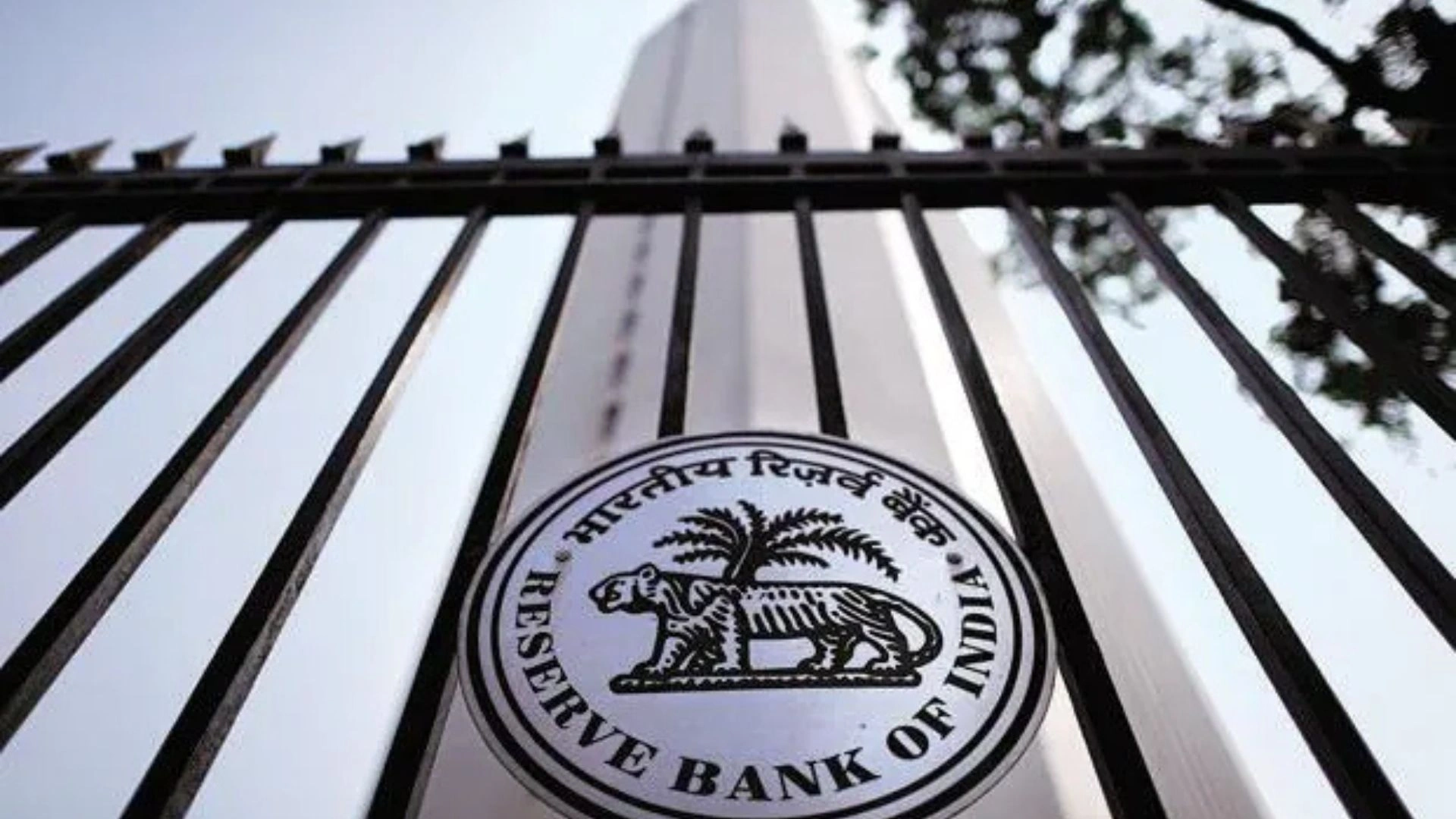Scheduled Commercial Banks (SCBs) in India have seen an impressive turnaround in asset quality. The gross non-performing assets (NPA) ratio declined to 2.67% in June 2024 from an unprecedented 11.18% in March 2018, as per the Finance Ministry. The reduction speaks of a sharp turnaround in the health of the banking sector, thanks to strategic reforms and improved financial discipline.
The Finance Ministry reported an outstanding improvement in the PCR of the provision, which, according to its records, went from 49.31% in March 2015 to a solid 92.52% in June 2024. Such an increase signals greater resistance from the banking system towards bad debts.
Loans on which banks have not recovered income or interest over 90 days are referred to as non-performing assets (NPAs). It is the provision coverage ratio that measures the provisions by banks against the possible bad debts.
Gross NPA ratios for Scheduled Commercial Banks #SCBs have improved significantly with a reduction to 2.67% in June 2024 from 11.18% in March 2018. ⁰#FinMinYearReview2024⁰#BankingInitiatives⁰#ViksitBharat pic.twitter.com/67fc8aMVLA
Advertisement · Scroll to continue— Ministry of Finance (@FinMinIndia) December 14, 2024
Public Sector Banks Take Lead
Public Sector Banks (PSBs) have shown a gross NPA ratio of 3.32% in June 2024, as against 4.97% in March 2015 and an all-time high of 14.58% in March 2018. The efforts of PSBs have largely contributed to this recovery.
This group together recorded a historic high in net profit of ₹3.50 lakh crore during FY 2023-24, from ₹2.63 lakh crore that was recorded in FY 2022-23. Public sector banks have independently recorded their highest-ever net profit of ₹1.41 lakh crore during FY 2023-24, from ₹1.05 lakh crore that had been recorded during FY 2022-23.
Reforms That Led Turnaround
The main transformations have been achieved by a series of key reforms. The Reserve Bank of India (RBI) conducted the Asset Quality Review in 2015 that brought out stressed assets within the banking system. As a result, restructured loans were reclassified as NPAs, thus introducing greater transparency and sounder financial practices.
The Finance Ministry indicated that the government was keen on developing the banking sector through staff-centric and citizen-centric initiatives. These efforts were designed to ensure stability, transparency, and sustainable growth in the sector.
Branch Expansion And Dividends
The banking sector has also reached further out as the number of bank branches went up from 117,990 in March 2014 to 160,501 in September 2024. 100,686 of these branches are in rural and semi-urban areas, reflecting financial inclusion.
PSBs have paid dividends amounting to ₹61,964 crores in the last three years. This shows how much more robust the PSBs have become financially.
ALSO READ | Bharat Progress Report 2024: Foreign Direct Investment In India Surpasses $1 Trillion





















